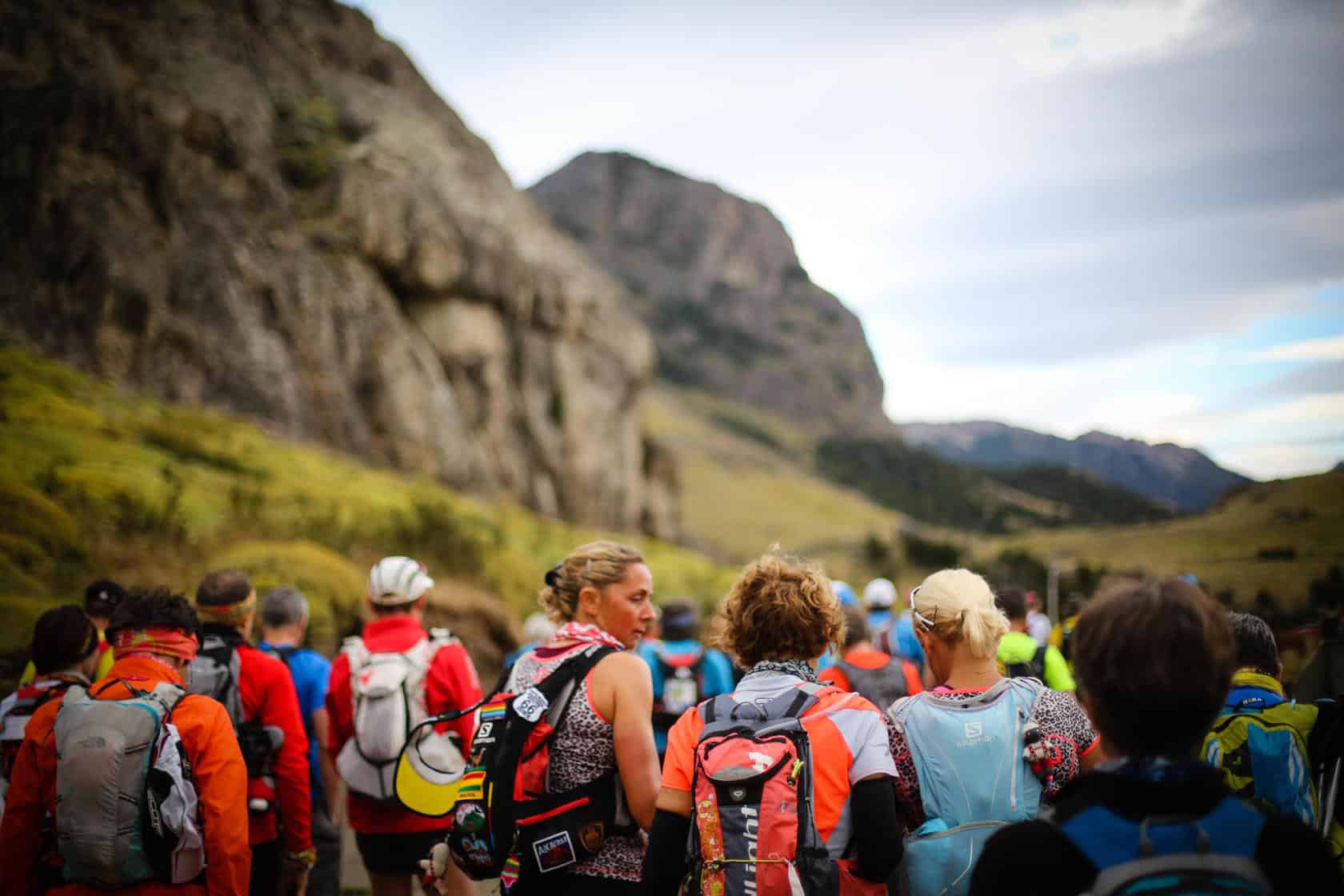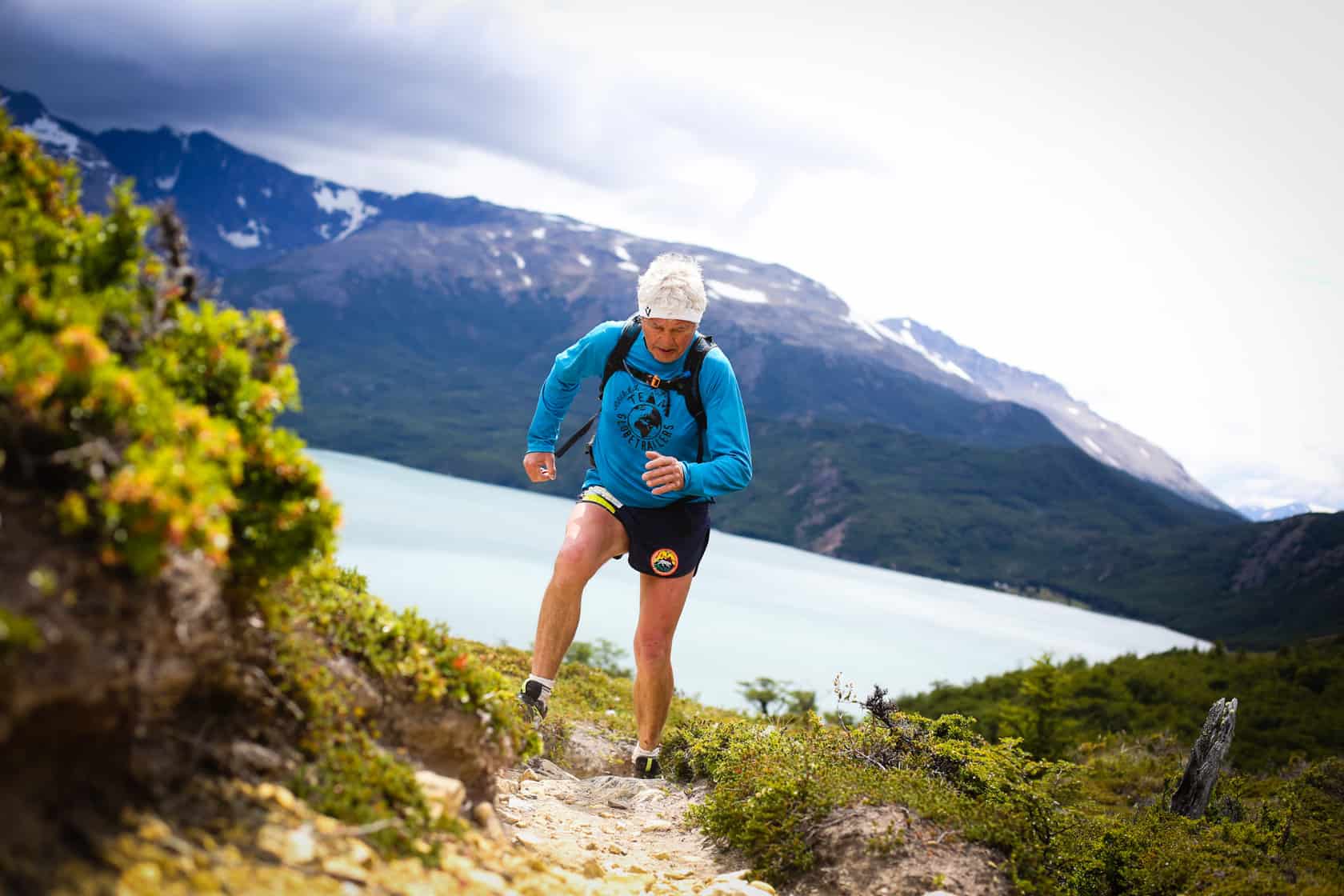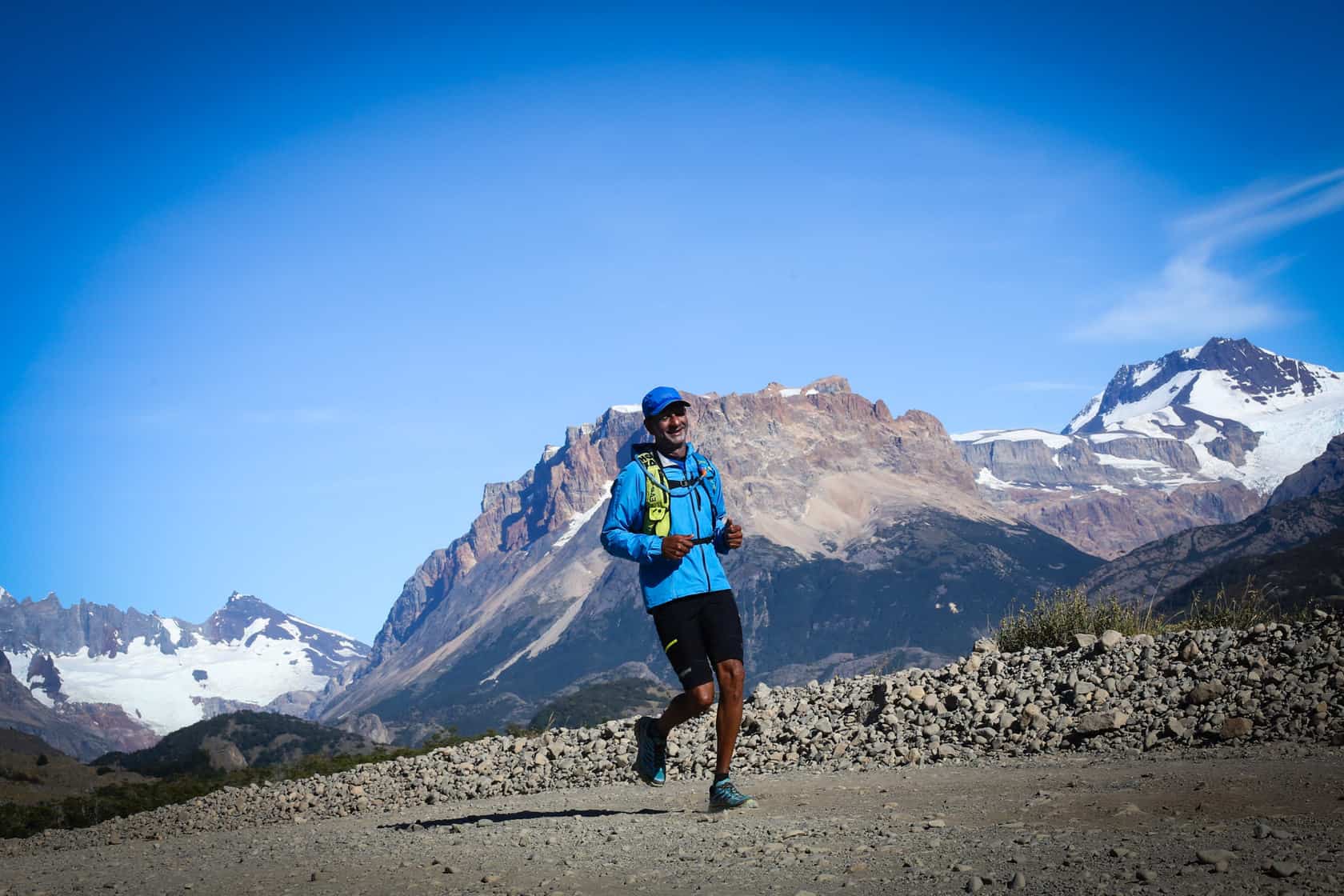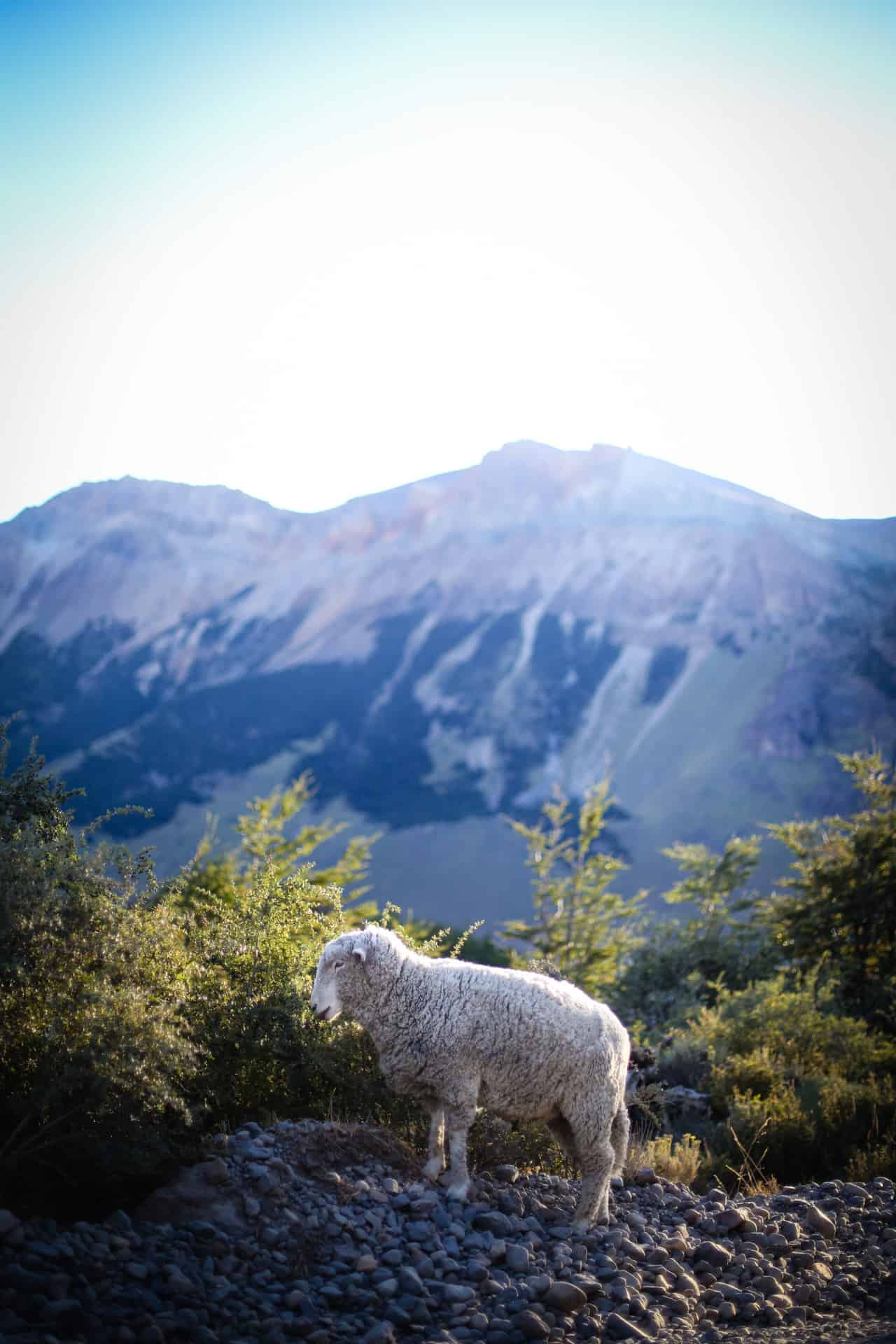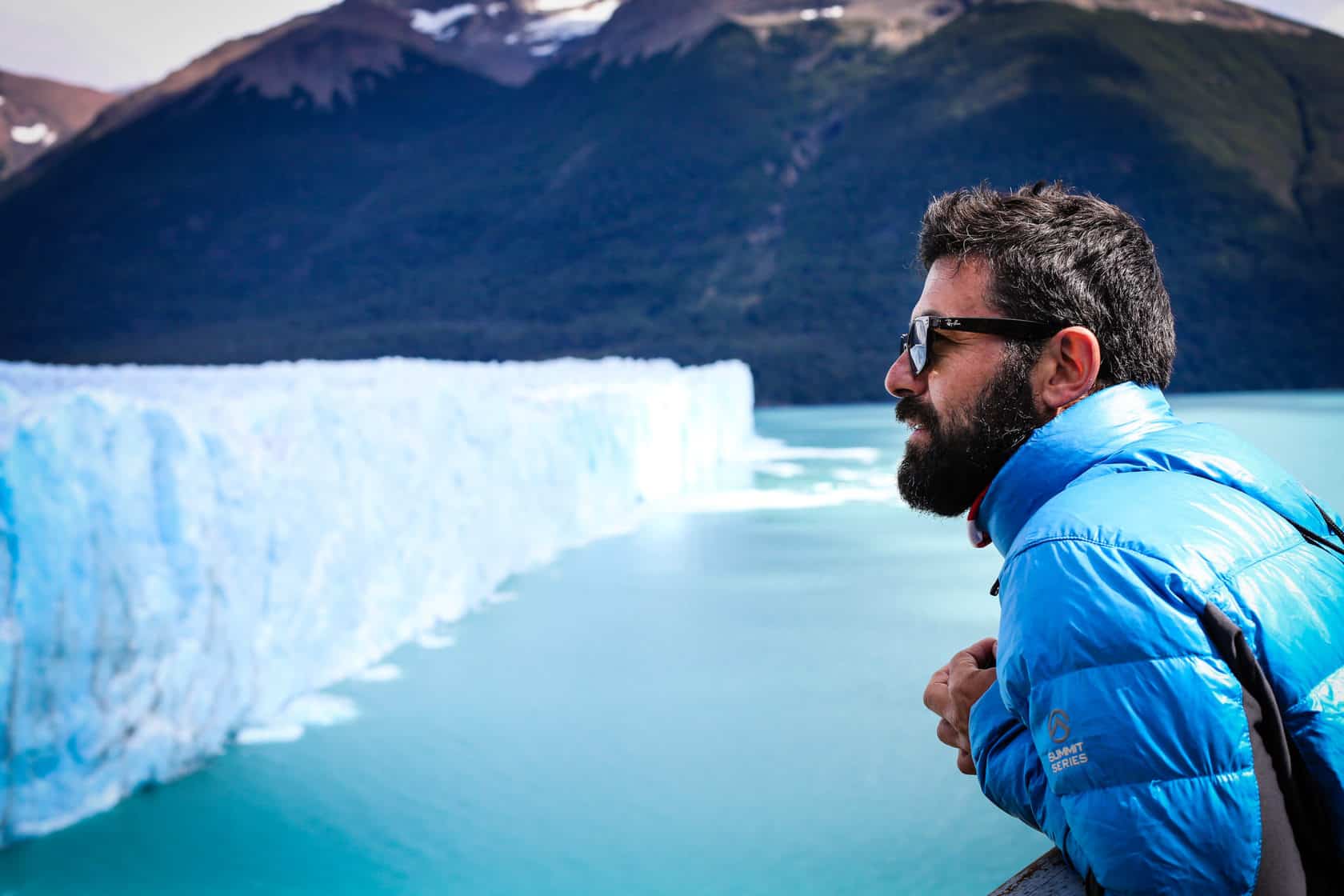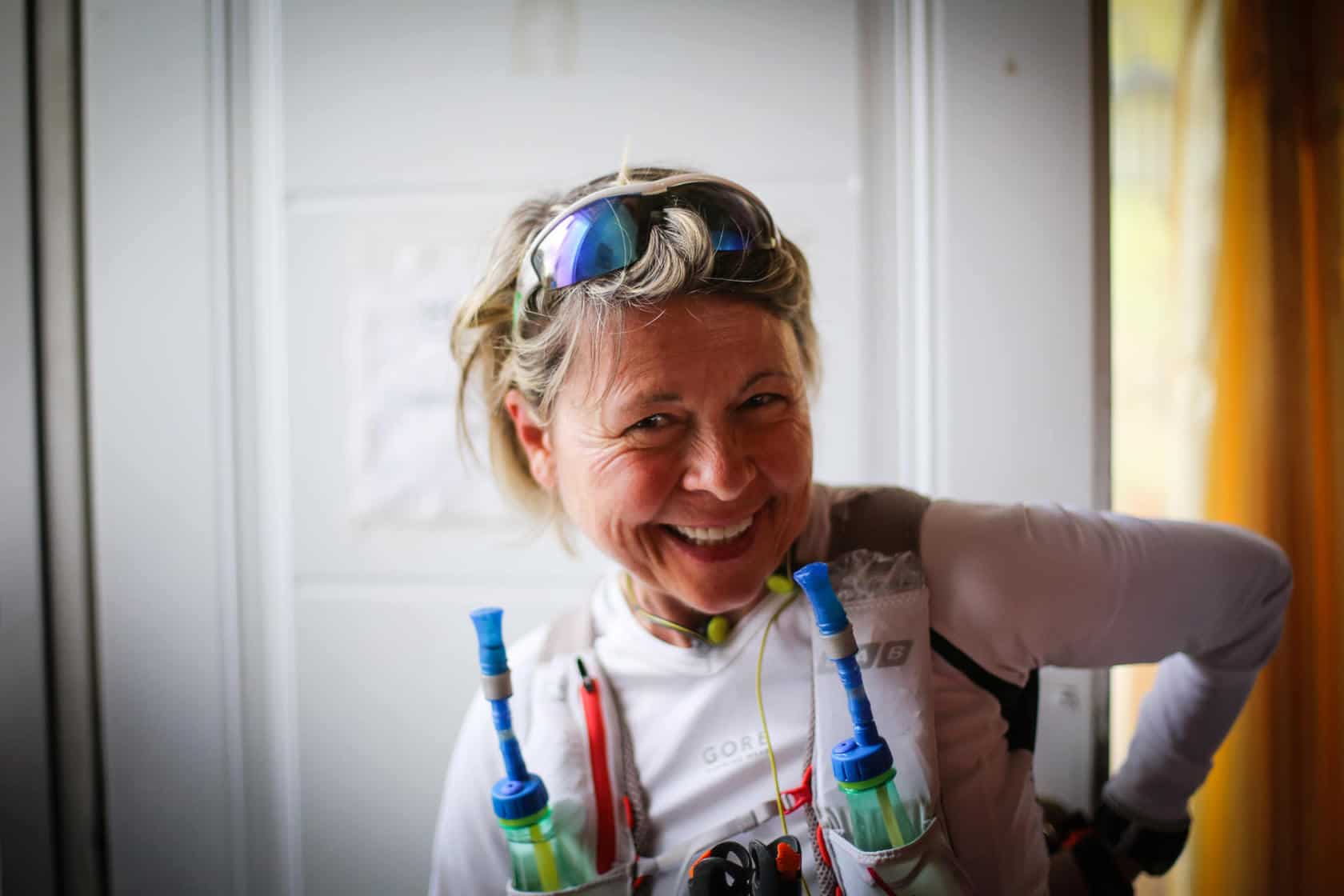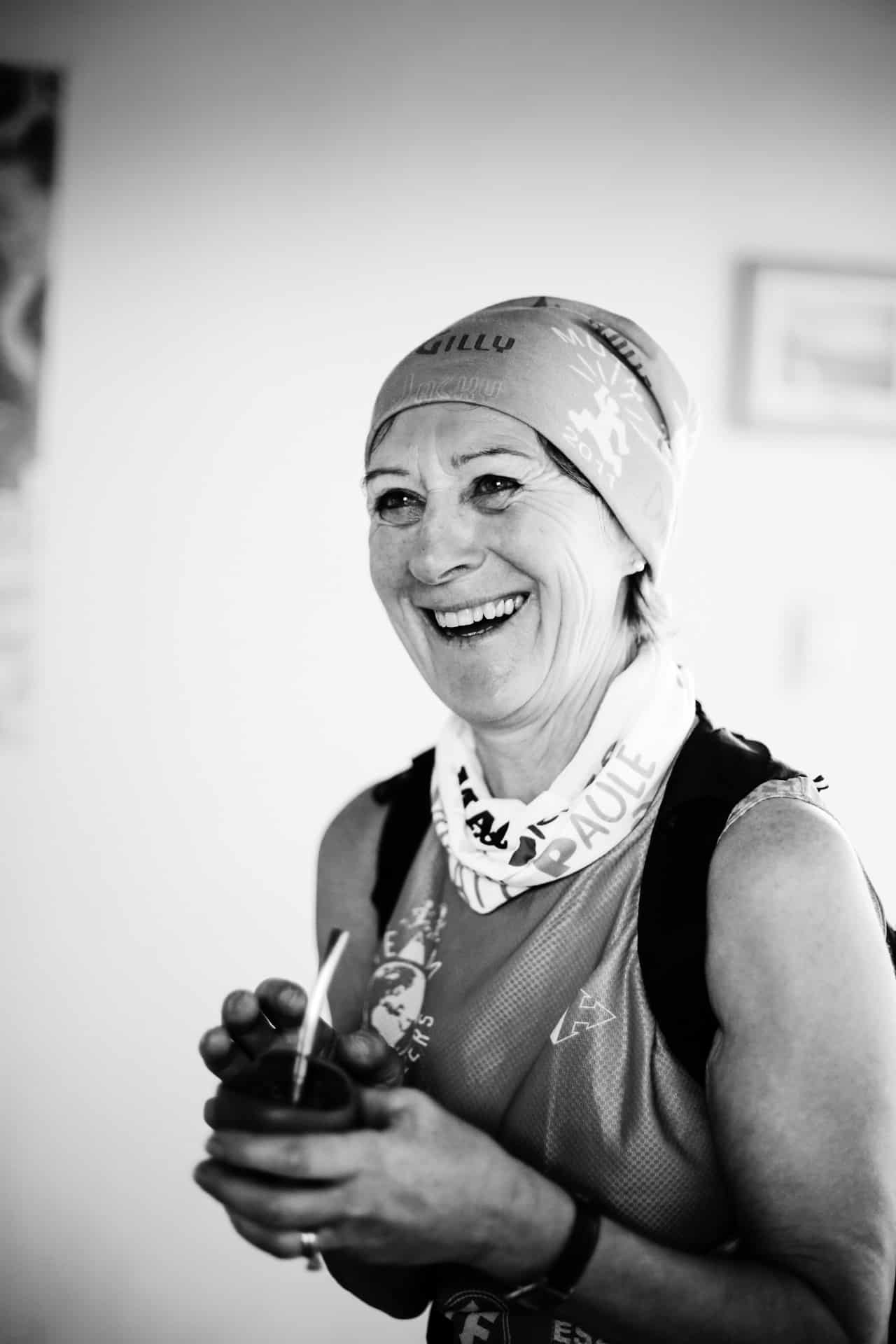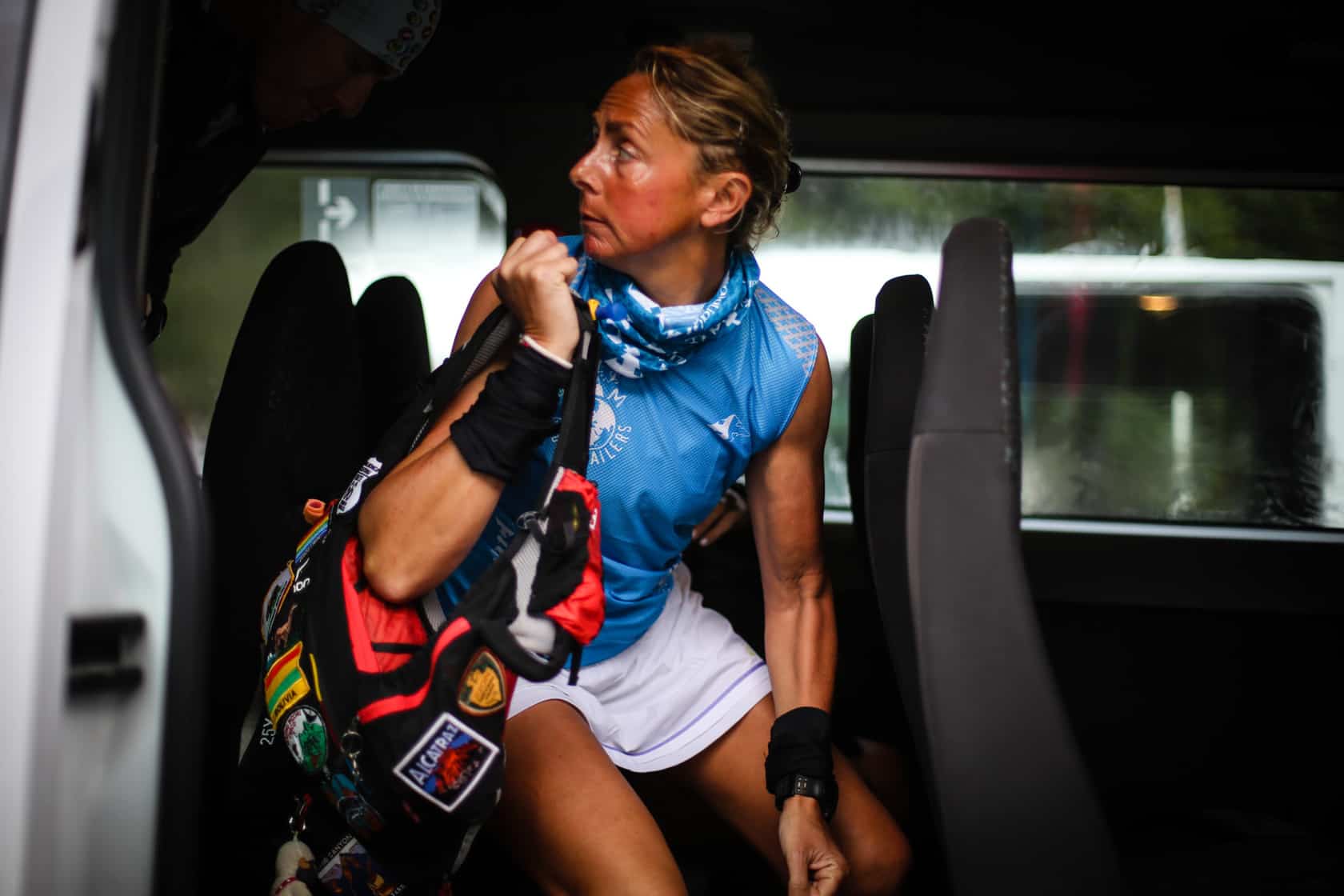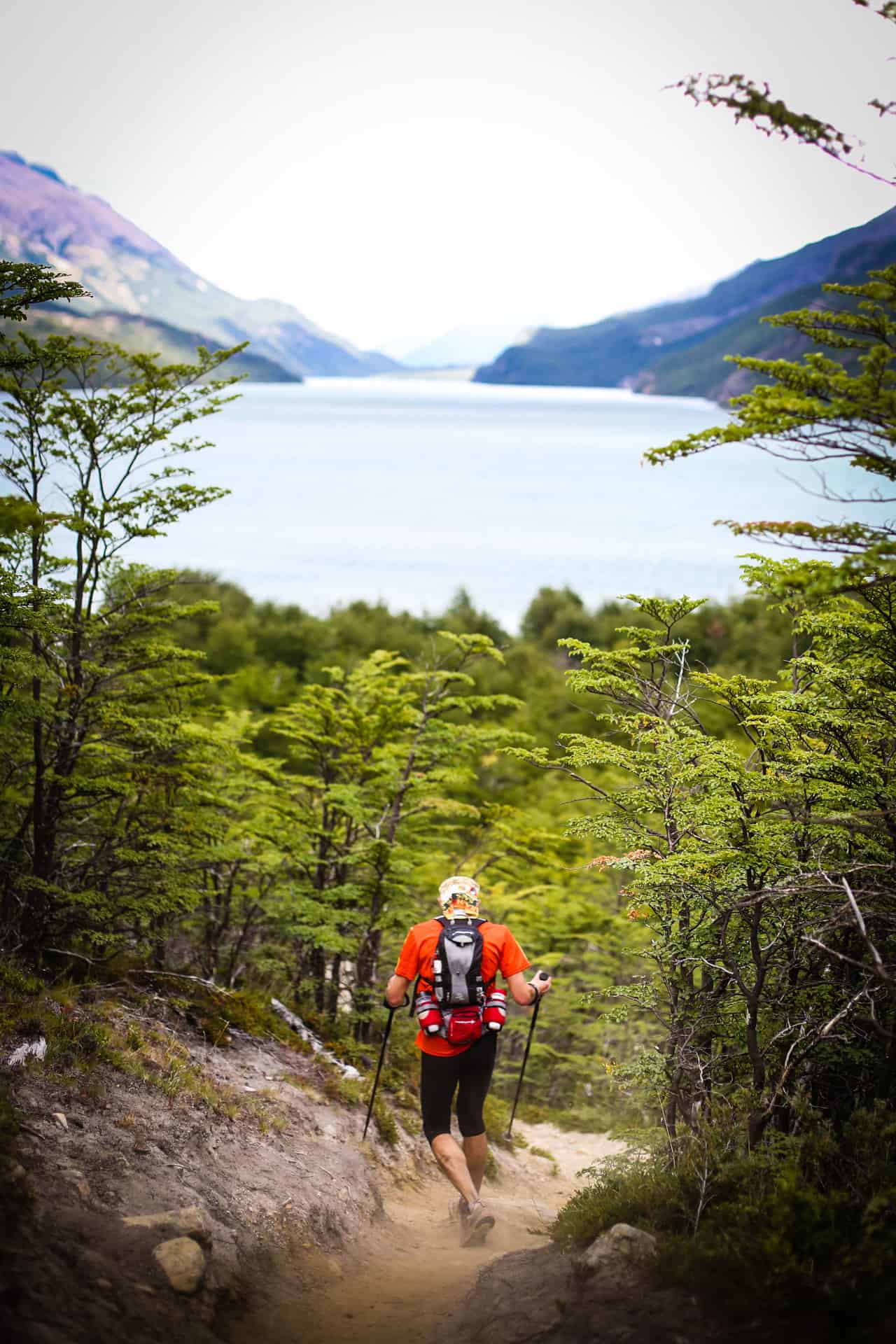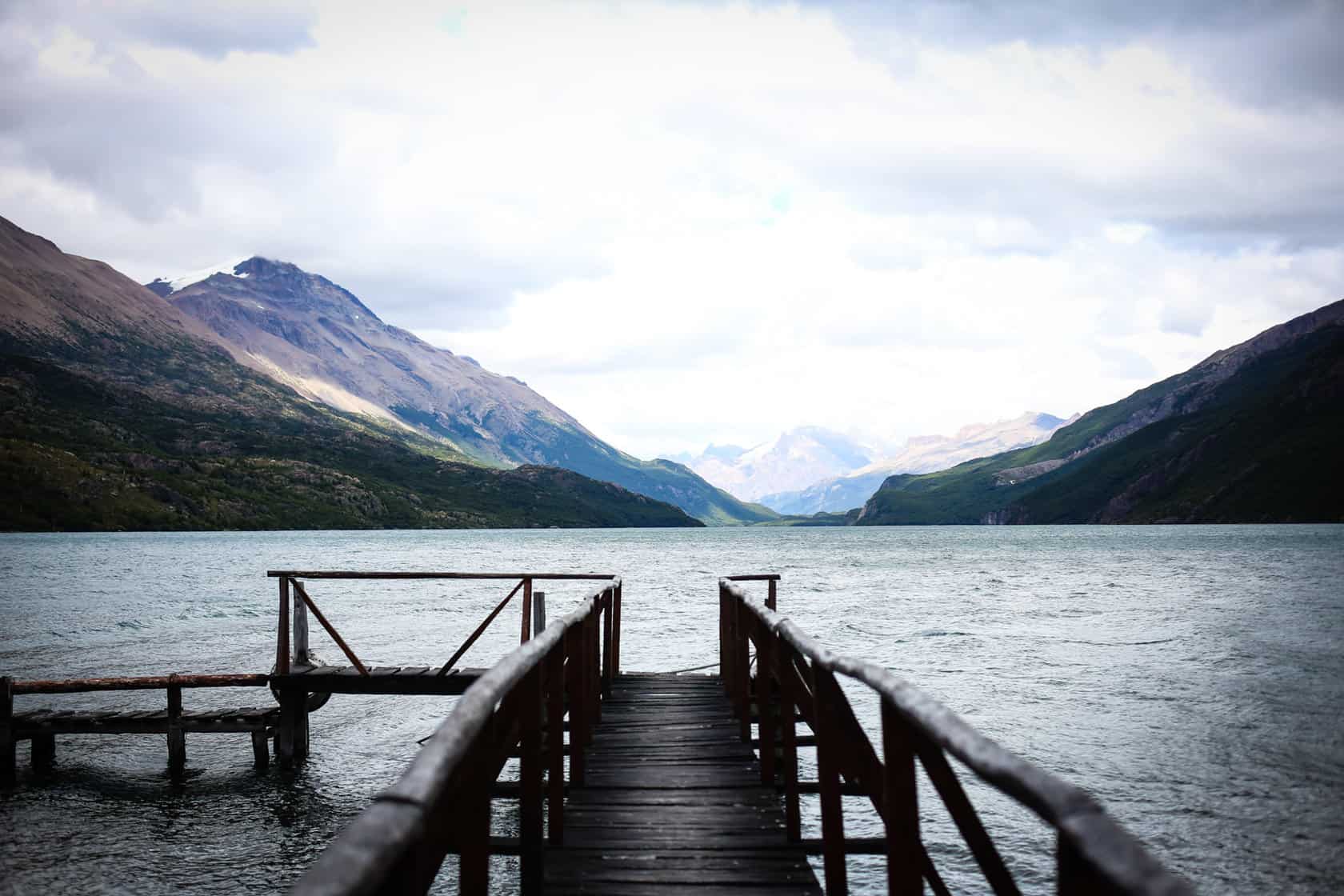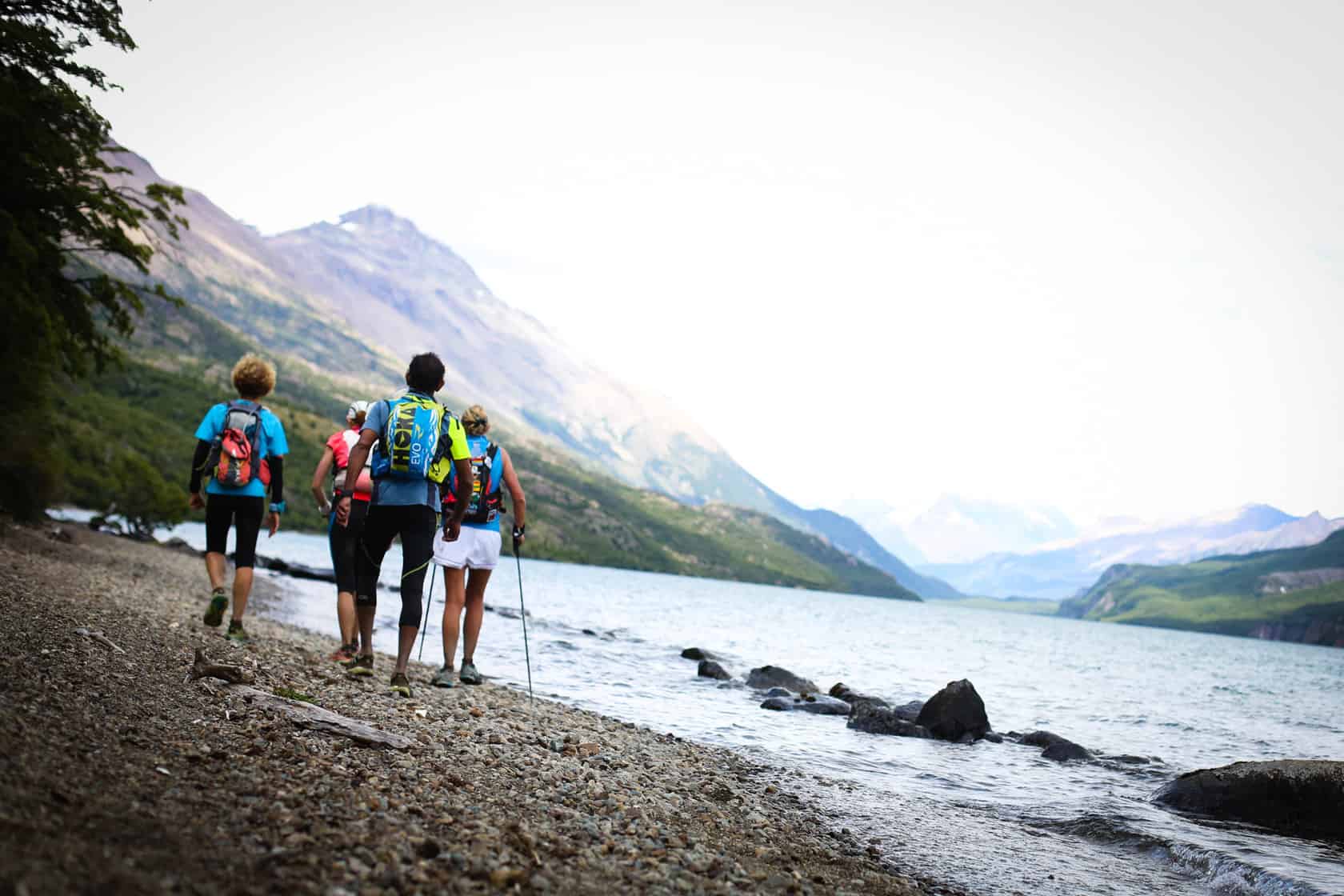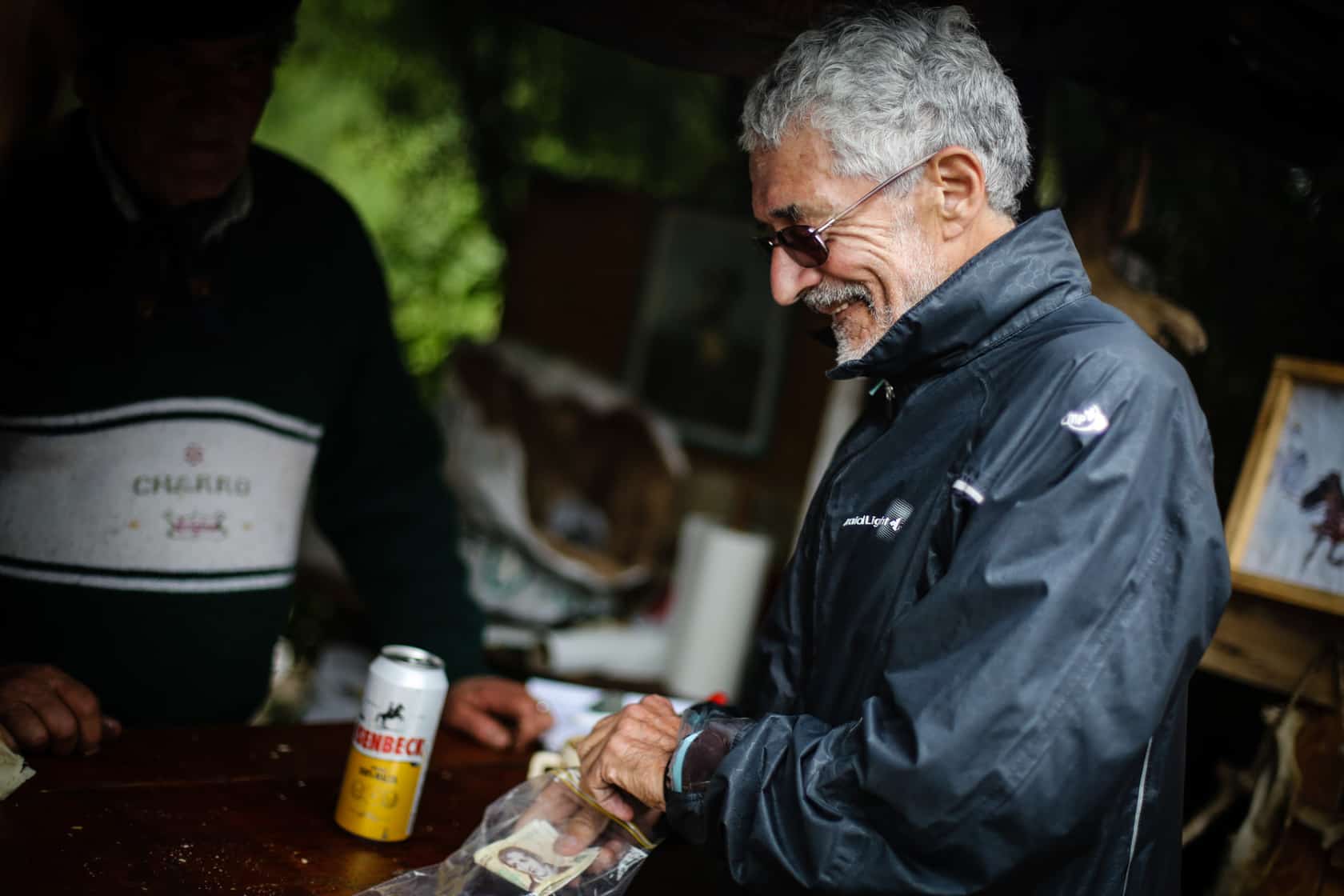At the beginning of February, the first edition of Patagonia Trail Race took place in Argentina.
The race, which was organized by director Christophe Le Saux, was based out of a mountaineering village called El Chalten. Forty-two runners made the trip to the southern tip of Argentina, and for many of them, it was their first time visiting Patagonia.
The town of El Chalten is nestled within the national park, but the race itself took place entirely on grounds outside the park, as it was not permitted to run on the official hiking trails (due to erosion.) This called for some improvisation, but led nonetheless to a week of exploration–and arguably, a veritable adventure–in Patagonia.

